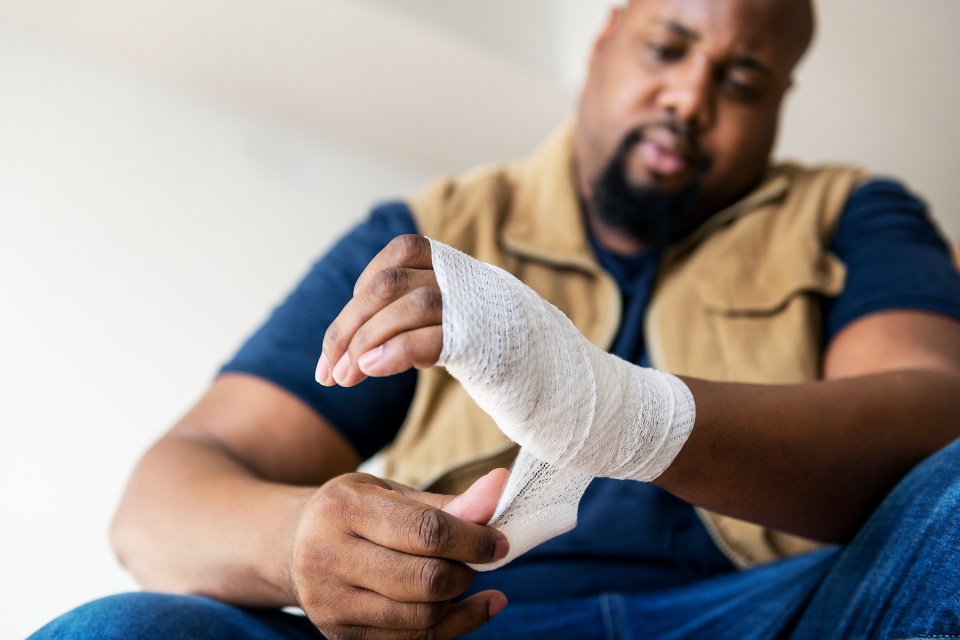Comprehensive Guide to Wound Care: Healing Starts Here

Wounds are an inevitable part of life, whether they stem from a minor scrape, a surgical incision, or a more significant injury. Proper wound care is critical for healing efficiently and avoiding complications like infections. Understanding the basics of wound management, along with utilizing wound care durable medical equipment, can empower individuals to take charge of their recovery and promote overall well-being.
There are two main types of wounds: acute and chronic. Acute wounds, such as cuts, burns, or surgical wounds, occur suddenly and typically heal within a predictable timeframe when properly managed. Chronic wounds, on the other hand, develop gradually and often result from underlying health issues like diabetes, poor circulation, or prolonged pressure on the skin. These wounds can be particularly challenging to treat, often requiring advanced wound care supplies like pressure-relief devices or specialized dressings.
The first step in wound care is ensuring cleanliness. Cleaning the wound helps prevent infection, which is one of the most common complications associated with improper care. Washing the area gently with soap and water or a saline solution can remove dirt, debris, and bacteria. It is essential to avoid using harsh substances like hydrogen peroxide, as they can damage healthy tissue and impede the healing process. After cleaning, pat the area dry with a sterile cloth or gauze. For optimal results, medical-grade wound dressings may be required to maintain a sterile environment.
Protecting the wound is equally important. Covering it with a clean, sterile dressing can shield it from bacteria and further injury. The type of dressing depends on the wound’s size and nature. For minor wounds, adhesive bandages may suffice, while more extensive wounds may require specialized wound care tools such as hydrocolloids or foam bandages that keep the area moist and promote healing. Regularly changing the dressing and monitoring the wound for signs of infection, such as redness, swelling, or unusual discharge, is vital.
Nutrition also plays a significant role in wound healing. A balanced diet rich in protein, vitamins (particularly vitamin C), and minerals like zinc supports tissue repair and accelerates recovery. Staying hydrated is equally important, as water helps maintain skin elasticity and promotes cellular function. For those dealing with chronic wounds, addressing underlying health issues such as diabetes or poor circulation is crucial. This might involve working with healthcare professionals and incorporating durable medical supplies for healing, such as compression therapy devices or negative pressure wound therapy equipment, into the care plan.
When caring for wounds, knowing when to seek professional help is essential. While most minor wounds can be managed at home, deeper wounds, wounds that do not heal, or those showing signs of infection require medical attention. Delayed healing or persistent pain may indicate complications that need specialized treatment with solutions like wound vac systems for healing or other chronic wound care management tools.
In summary, effective wound care involves a combination of cleaning, protection, proper nutrition, and attentive monitoring. By taking proactive steps and leveraging essential wound care kits, you can ensure that wounds heal quickly and safely, reducing the risk of long-term issues. Whether it’s a small scratch or a more severe injury, a thoughtful and consistent approach to wound care, supported by advanced wound care supplies, is the key to recovery and maintaining overall health.

